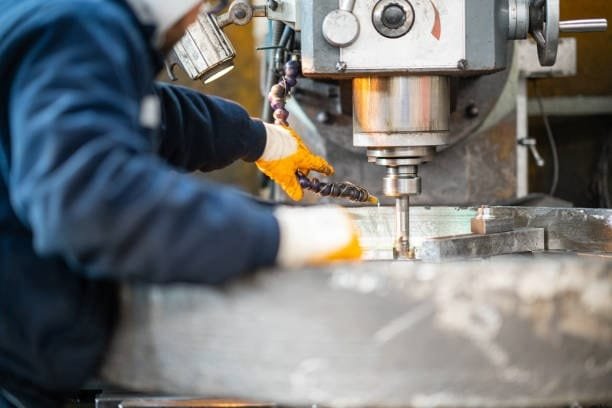Stainless Steel CNC Machining: The Ultimate Guide to Precision Manufacturing
Stainless steel cnc machining is a potent manufacturing capability that is comparable with the excellent attributes of stainless steel and the apparatus of computer-controlled machining lower corrosion resistance. To succeed in the area, one has to be familiar with the properties of the material, appropriate selection of tools, the best cutting settings, and the quality control process.










